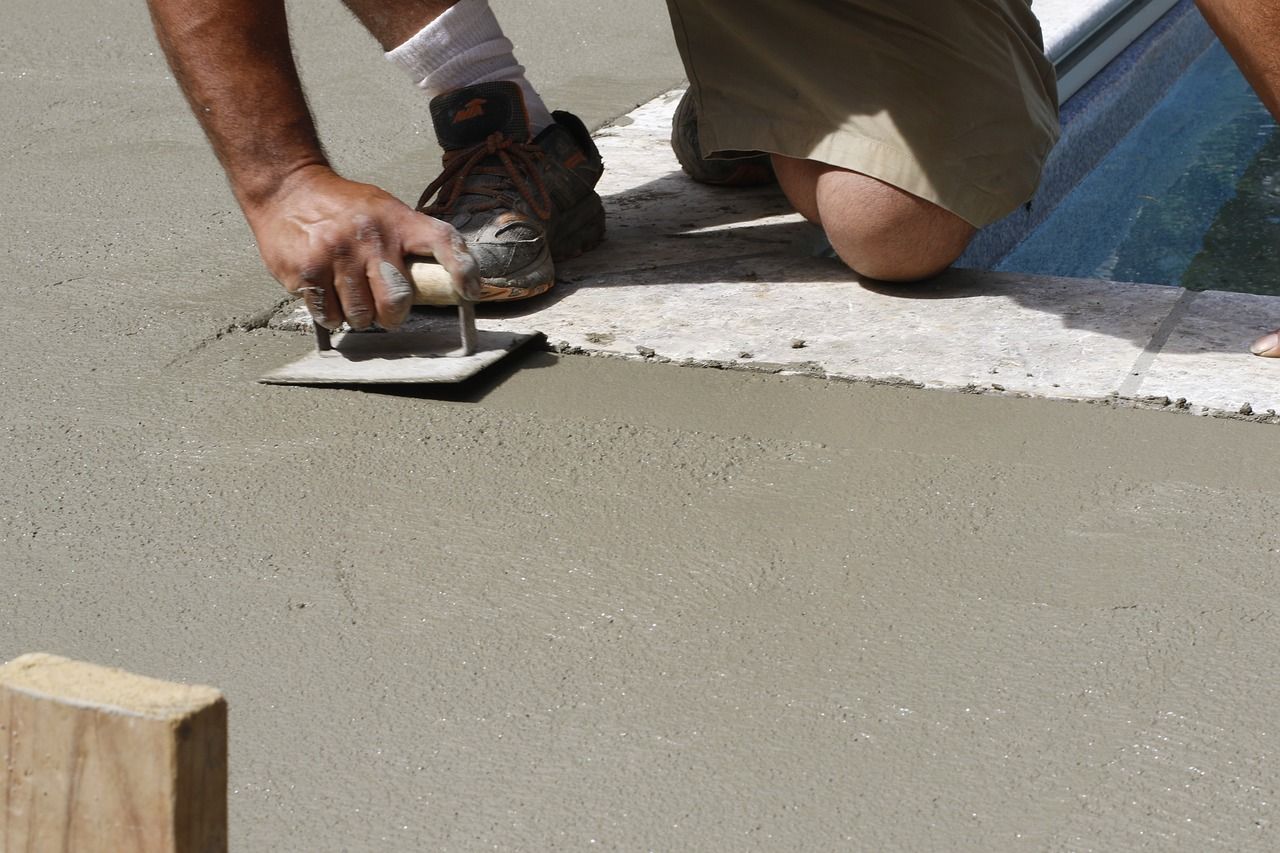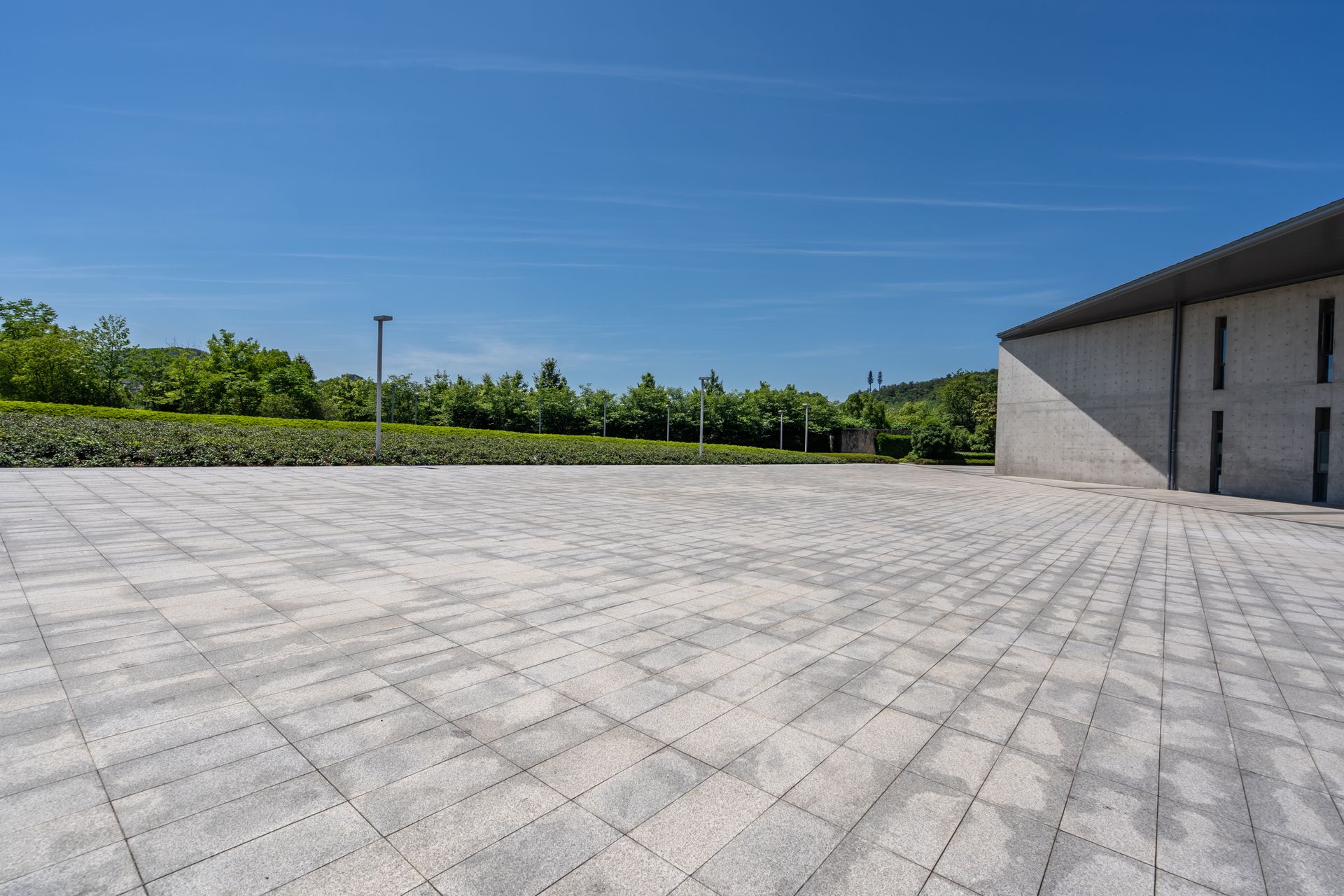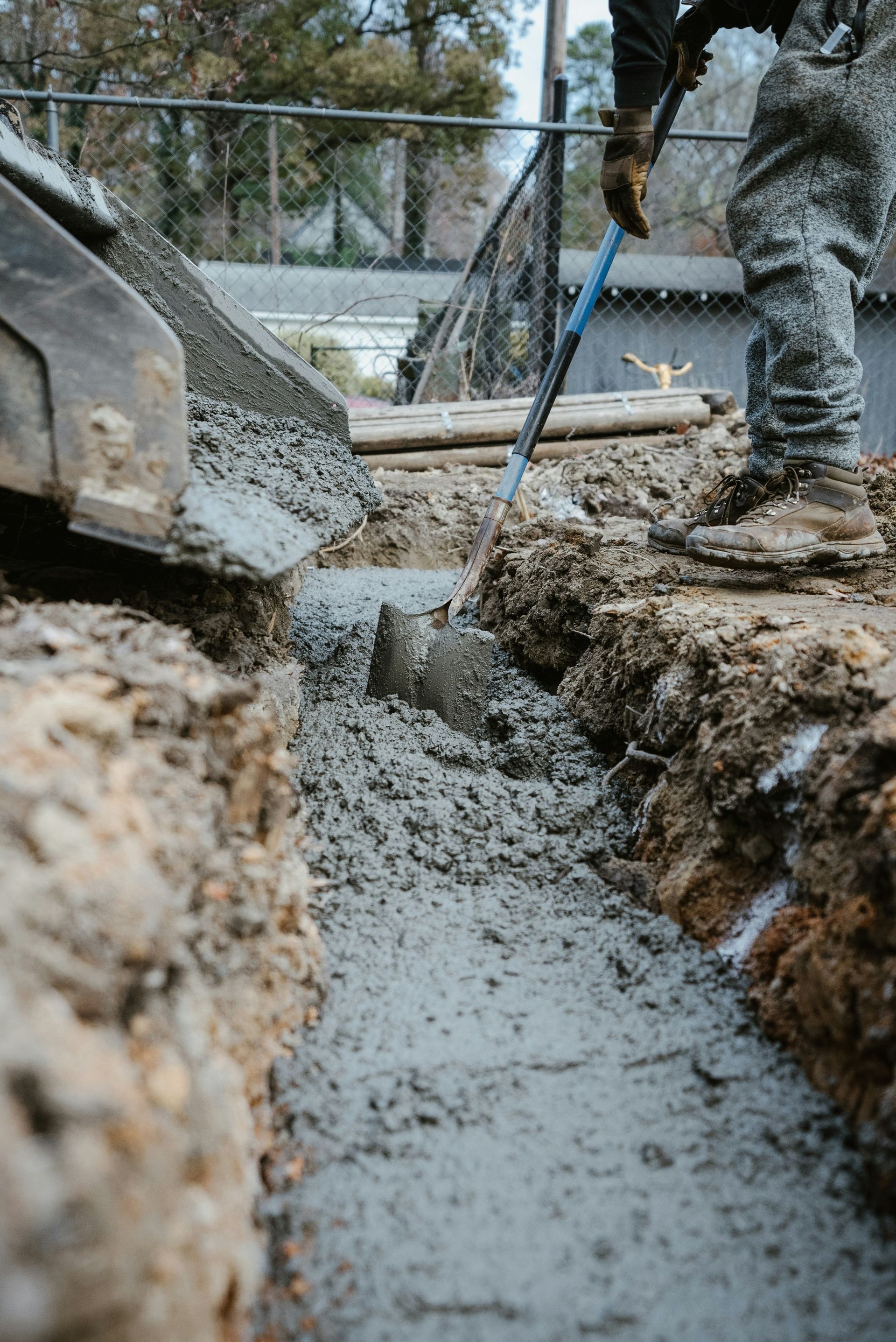DIY Concrete Projects: 10 Common Mistakes
The 10 Most Common Mistakes with DIY Concrete Projects
When taking on DIY concrete projects, it's essential to be aware of the common mistakes that can arise. Understanding these errors and how to avoid them can help ensure successful and durable results for your home improvement endeavors. We will discuss the 10 most frequent mistakes that people encounter when working with concrete. From preparation and mixing ratios to curing techniques and safety measures, each aspect plays a crucial role in the overall success of your project. By learning from these common missteps, you can enhance your skills, tackle concrete projects with confidence, and achieve professional-quality outcomes.
#1: Lack of Proper Preparation
Lack of proper preparation is a fundamental mistake many DIY enthusiasts make when taking on concrete projects. Preparation is key to the success of any concrete project. From planning and site preparation to gathering the necessary tools and materials, we will guide you through the crucial aspects of preparation that will set the stage for a successful DIY concrete project. By paying attention to detail and thoroughly preparing your work area, you can avoid many common pitfalls and achieve professional-looking results. Remember, a well-prepared foundation leads to a sturdy and visually pleasing finished product.
#2: Inadequate Mix Ratios
Achieving the right mix ratio is crucial for the success of any concrete project. Inadequate mix ratios can lead to a variety of issues, jeopardizing the structural integrity and longevity of your project. Without the proper mix of cement, sand, and aggregate, the concrete may not cure correctly, resulting in weak and porous surfaces that are prone to cracking and crumbling. Understanding the correct mix ratios for your specific project is essential. Follow industry guidelines and recommendations to ensure your concrete mixture is strong, durable, and able to withstand the test of time.
#3: Improper Formwork Installation
Mistakes related to formwork, such as using weak materials, improper bracing, or incorrect alignment can lead to structural issues and affect the overall quality of the concrete. Proper formwork helps achieve a professional and durable concrete finish, impacting the final outcome. It is necessary to use precision and care in this aspect of DIY concrete projects.
#4: Incorrect Curing Techniques
Incorrect curing techniques can significantly impact the strength and durability of your concrete project. Proper curing is essential to ensure that the concrete achieves its full potential in terms of strength and resistance to cracking. Inadequate curing can lead to a variety of issues, such as reduced strength, surface defects, and increased susceptibility to cracks over time.
One common mistake is not providing sufficient moisture during the curing process. Concrete requires adequate moisture to properly hydrate and develop its strength. Failure to keep the concrete moist during the curing period can result in a weakened structure that is prone to cracks and other damage. Additionally, exposing the concrete to extreme temperatures or direct sunlight during curing can lead to rapid drying and potential cracking.Another error is cutting short the curing period. Concrete typically needs to be cured for a minimum of seven days to achieve optimal strength and durability. Rushing the curing process by removing forms or exposing the concrete to heavy loads too soon can compromise its integrity. Properly timing the curing process and following recommended guidelines for duration are crucial steps in ensuring the long-term performance of your concrete project.
Using improper curing methods, such as covering the concrete with plastic sheeting that does not allow for proper air circulation, can also lead to issues. Inadequate ventilation can trap moisture against the concrete surface, promoting conditions that are conducive to cracking and efflorescence. It is important to choose appropriate curing methods that facilitate proper moisture retention without impeding air circulation.
To avoid the pitfalls of incorrect curing techniques, it is essential to follow best practices for curing concrete. This includes keeping the concrete moist by sprinkling or covering with damp materials, controlling the temperature and humidity of the curing environment, and allowing sufficient time for the concrete to cure before subjecting it to stress or loads. By prioritizing proper curing techniques, you can enhance the quality and longevity of your DIY concrete projects.
#5: Overworking the Concrete
When it comes to concrete projects, overworking the concrete is a common mistake that can significantly impact the final result. Overworking occurs when the concrete is excessively mixed or manipulated beyond what is necessary, often in an attempt to achieve a smoother finish or eliminate air pockets. However, excessive manipulation can weaken the concrete by separating the aggregates and affecting the overall structural integrity. It can also lead to an uneven surface texture and increase the likelihood of cracking over time. To avoid overworking the concrete, it is crucial to follow the recommended mixing and pouring techniques, allowing the concrete to set naturally without unnecessary interference. By allowing the concrete to cure properly and avoiding excessive manipulation, you can achieve a durable and professional-looking finish for your DIY projects.
#6: Ignoring Safety Measures
When working on DIY concrete projects, ignoring safety measures can lead to serious consequences. Safety should always be a top priority to prevent accidents and injuries. From wearing appropriate personal protective equipment to ensuring a safe work environment, there are many safety measures that should never be overlooked. By understanding and implementing safety practices, you not only protect yourself but also create a secure environment for a successful and accident-free concrete project. Remember, safety first ensures a smooth and worry-free construction process.
#7: Lack of Surface Preparation
When taking on DIY concrete projects, one \aspect that can significantly impact the end result is proper surface preparation. Ensuring that the surface is clean, dry, and free from any debris or contaminants is essential for the concrete to adhere correctly and achieve a durable finish. By addressing this common mistake upfront, you can avoid issues such as poor adhesion, bubbling, or premature deterioration of the concrete surface.
#8: Using Unreliable Tools and Equipment
Using unreliable tools and equipment in your DIY concrete projects can lead to subpar results and potential safety hazards. Quality tools are essential for accurate measurements, proper mixing, and efficient work. Investing in reliable tools and equipment will ensure smoother project progression, better final outcomes, and a safer work environment. Make sure to choose tools and equipment that are suitable for the specific tasks involved in your concrete project to avoid inaccuracies and inefficiencies that could compromise the overall quality of your work. Remember, the right tools can make a significant difference in the success of your DIY concrete endeavors.
#9: Not Addressing Cracks and Voids
Cracks and voids in concrete are common issues that can undermine the structural integrity and aesthetics of your DIY projects. Ignoring these imperfections can lead to further damage and costly repairs down the line. It is essential to address cracks and voids promptly to prevent water infiltration, potential expansion of cracks, and overall deterioration of the concrete surface. Implementing proper crack repair techniques and filling voids with suitable materials will help maintain the quality and longevity of your concrete projects. Prioritize identifying and addressing cracks and voids to ensure the durability and visual appeal of your DIY concrete creations.
#10: Skipping Sealant Application
Skipping the sealant application is a common mistake that can have significant consequences in DIY concrete projects. Sealants play a vital role in protecting the concrete surface from moisture, chemicals, stains, and other environmental factors that can cause deterioration over time. By neglecting to apply sealant, the concrete becomes vulnerable to water infiltration, which can lead to cracks, spalling, and overall degradation. Additionally, sealants provide a barrier that enhances the durability and longevity of the concrete, preserving its appearance and structural integrity for years to come.
When sealant application is overlooked, the concrete's susceptibility to damage increases, especially in high-traffic areas or outdoor settings exposed to the elements. To prevent such issues, it is essential to include sealant application as a crucial step in your concrete projects. By sealing the surface properly, you can extend the lifespan of the concrete, maintain its aesthetic appeal, and reduce the need for repairs or replacements in the future. Don't overlook the importance of sealant application—it's a simple yet effective way to protect and enhance the quality of your DIY concrete projects.
- War Eagle Concrete
serving Auburn, AL and surrounding areas









